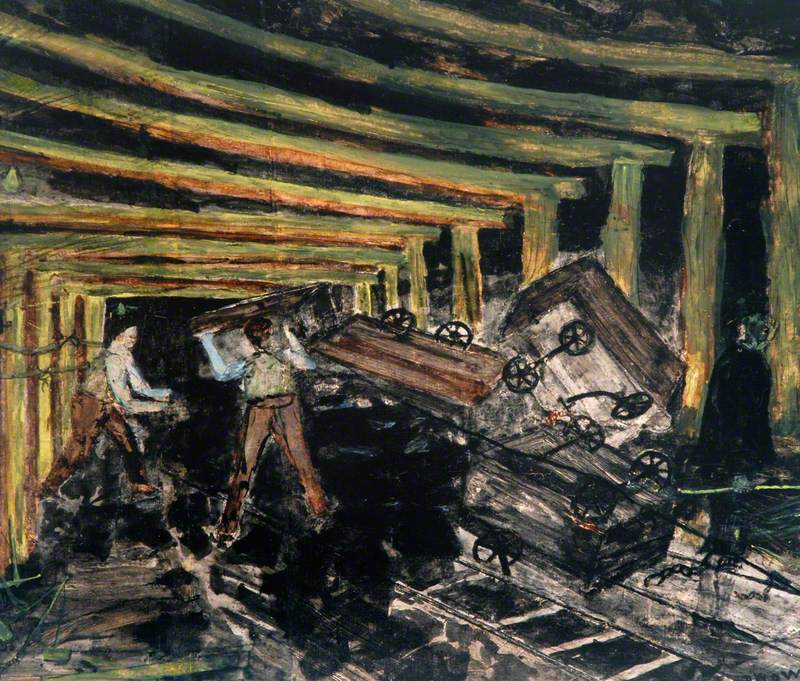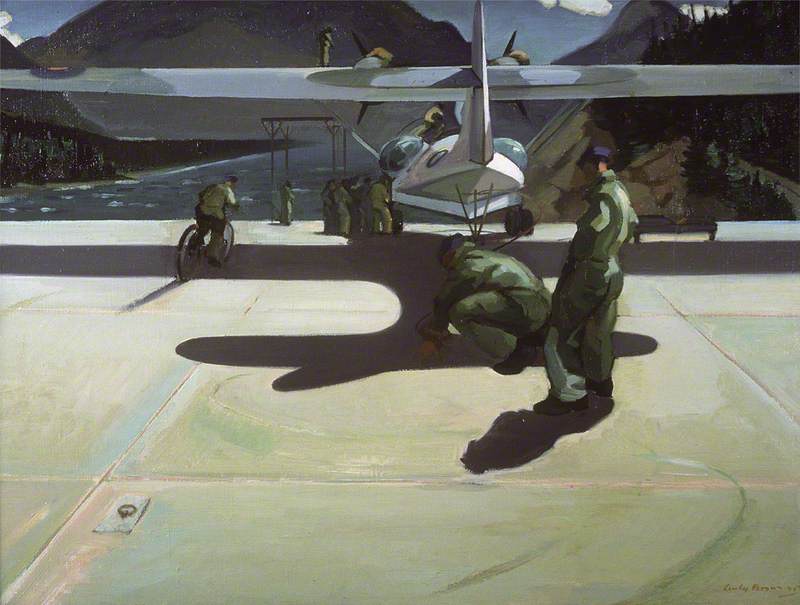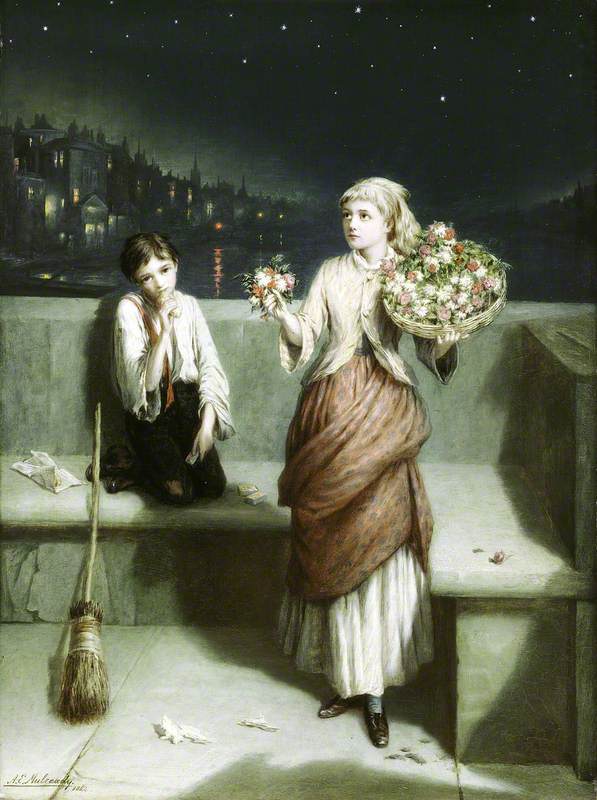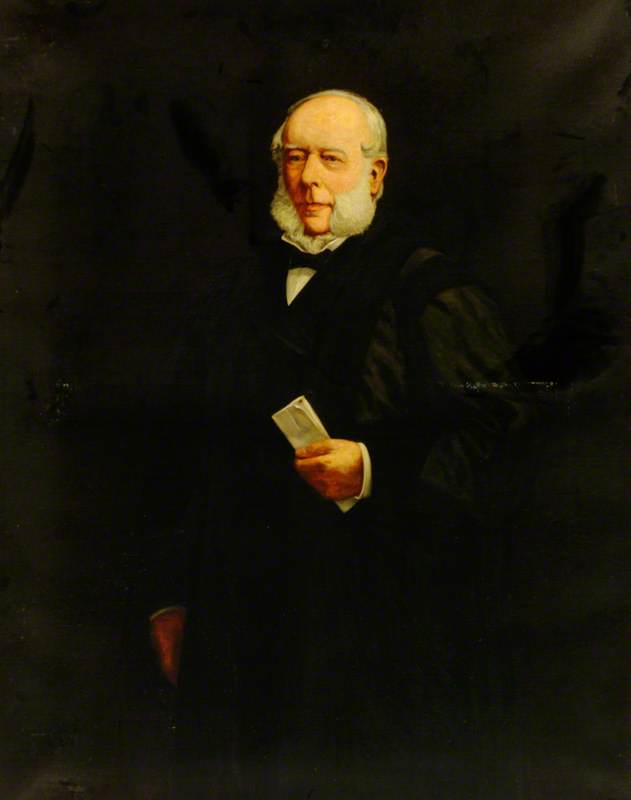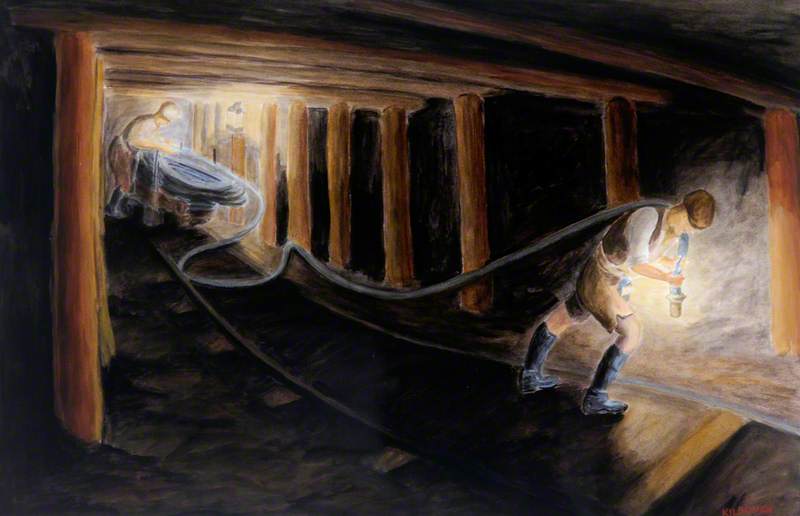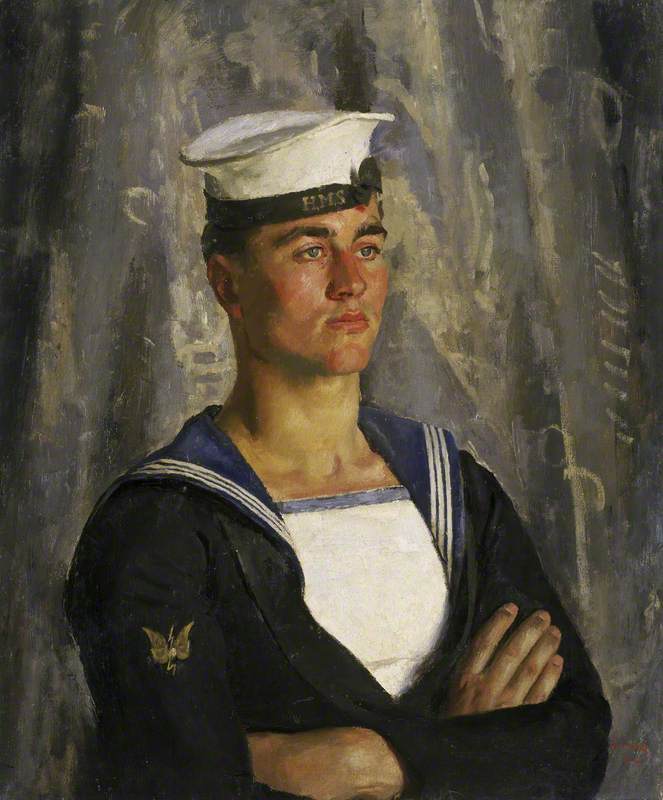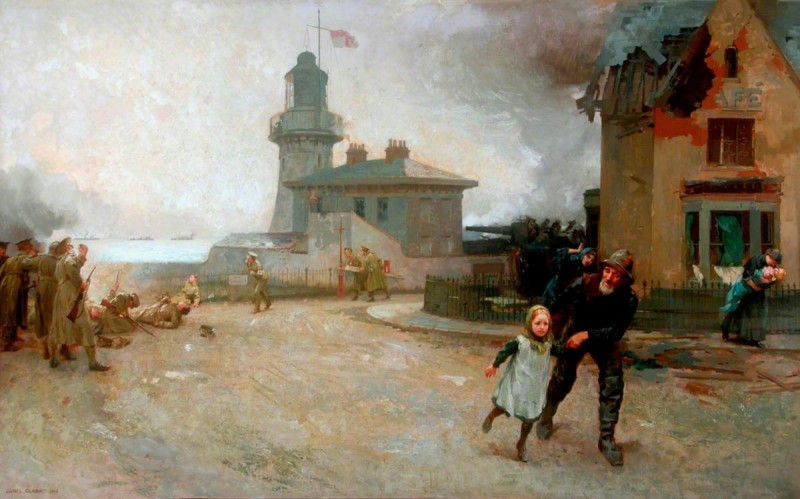Protective clothing, perhaps a cap and an apron, are all that distinguish maids from homeowners, shopkeepers and bakers from their customers, and labourers from farmers in seventeenth-century paintings of everyday life, for example. In the eighteenth century, several artists documented the distinctive clothing of street hawkers and entertainers.
When artists and patrons took an interest in industrial and urban life, from the late eighteenth century, working clothes became more common in paintings.


